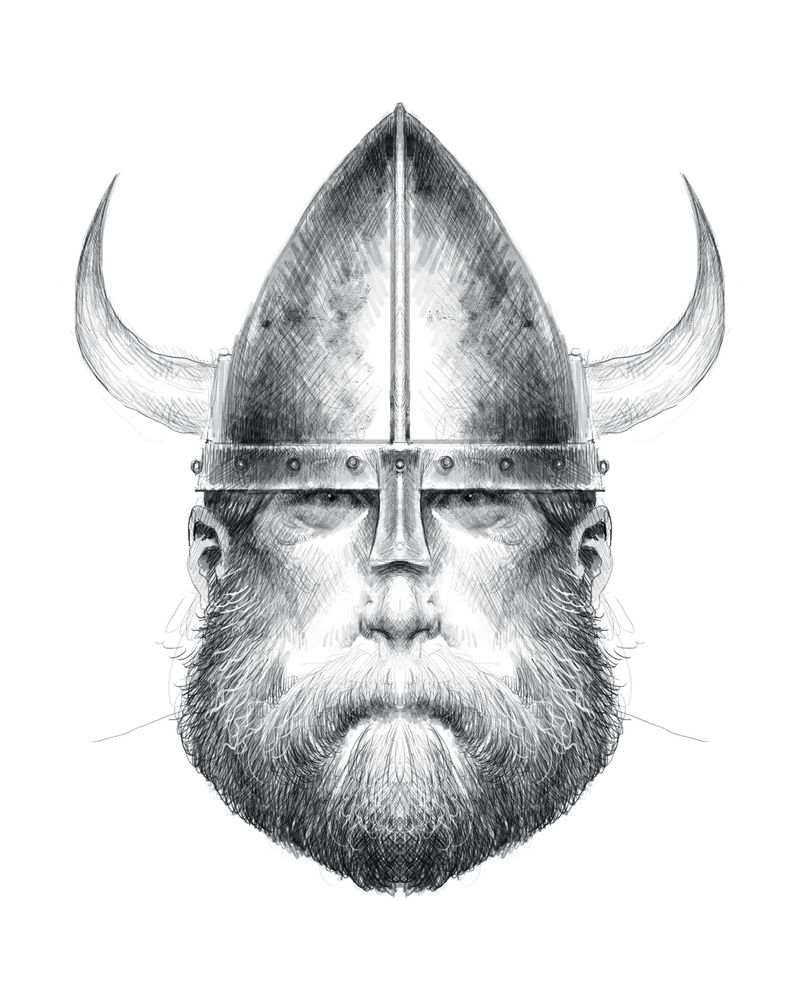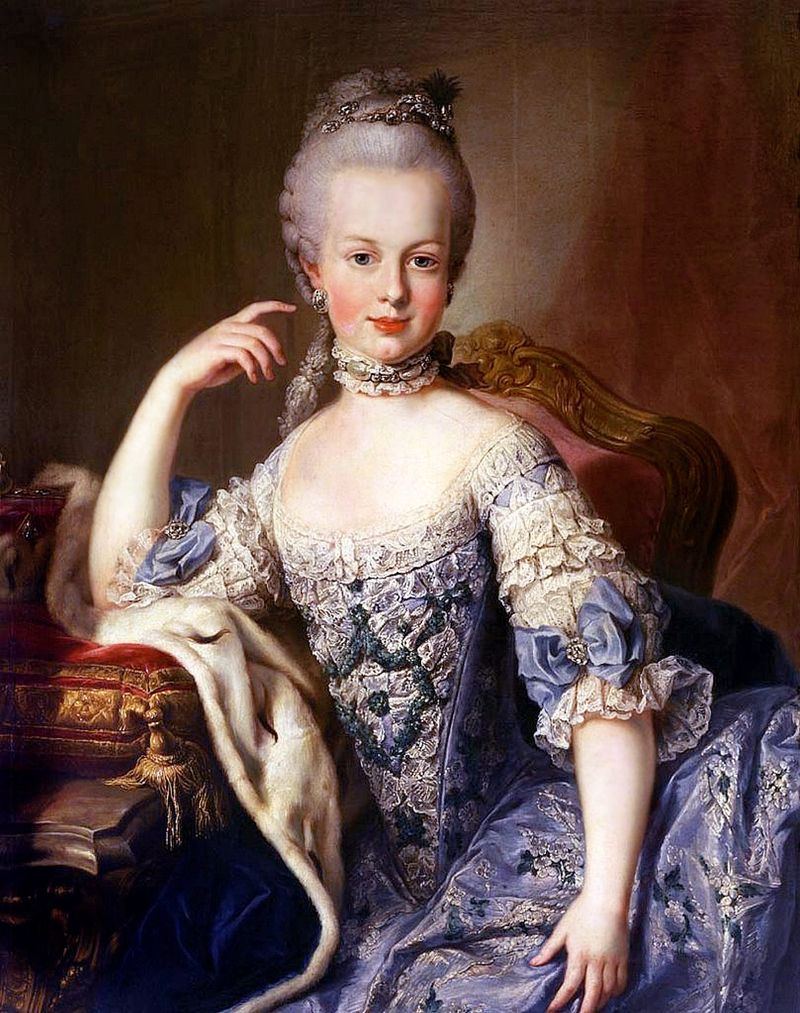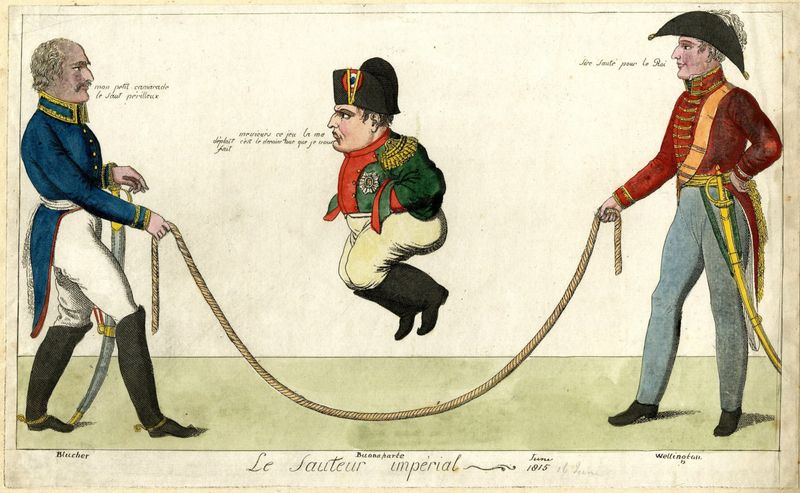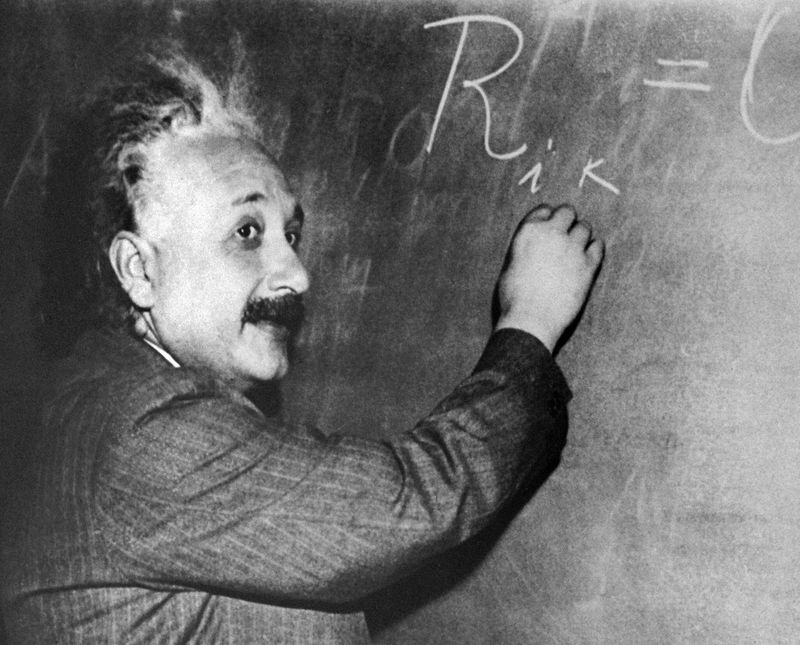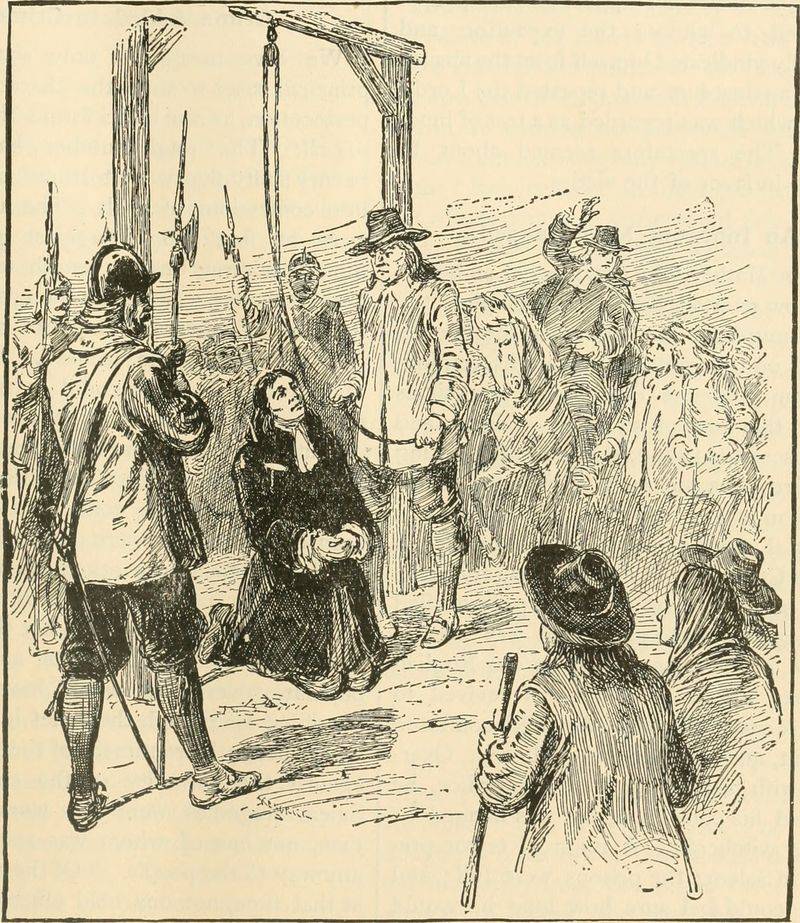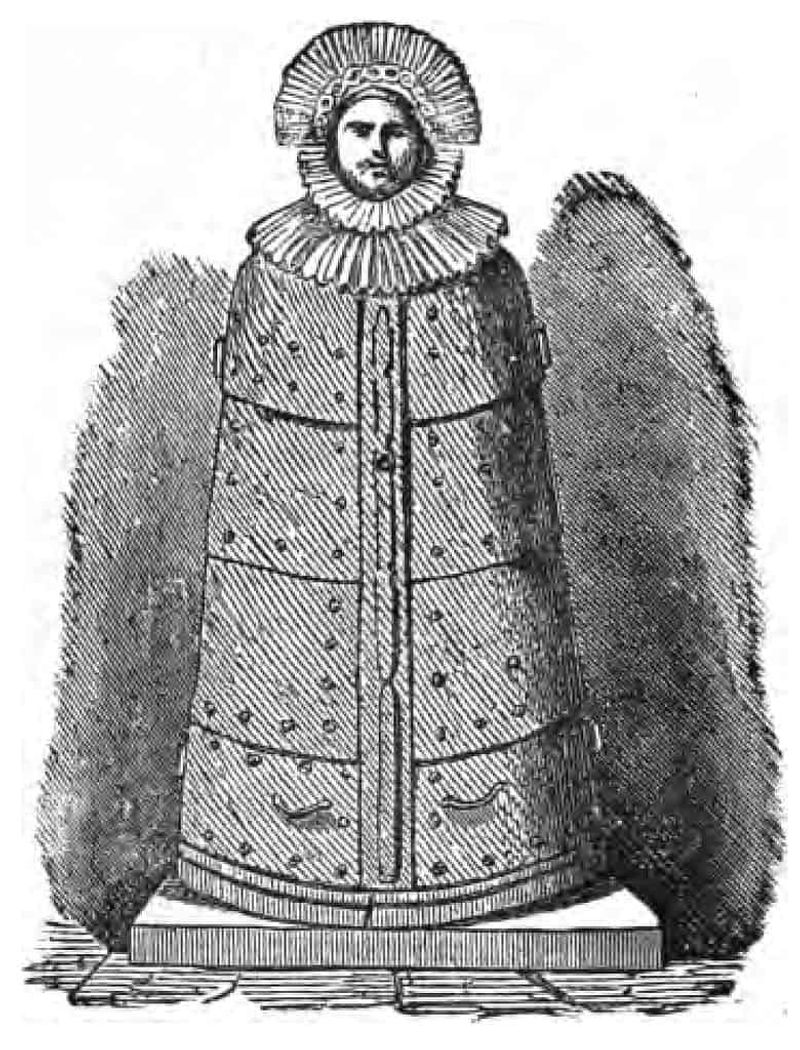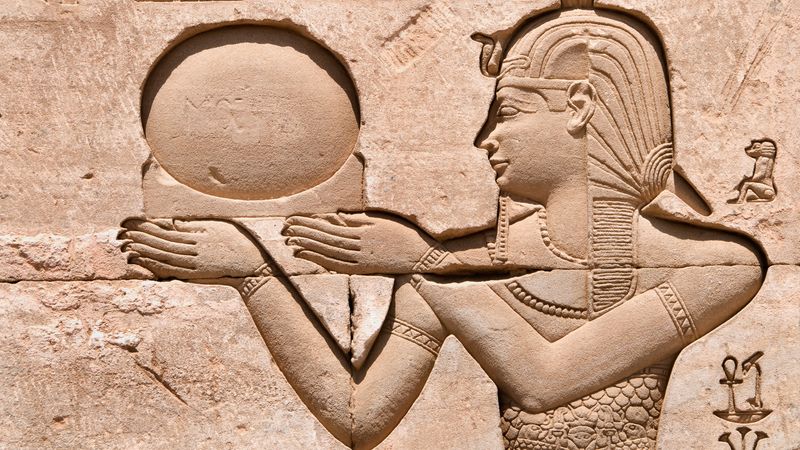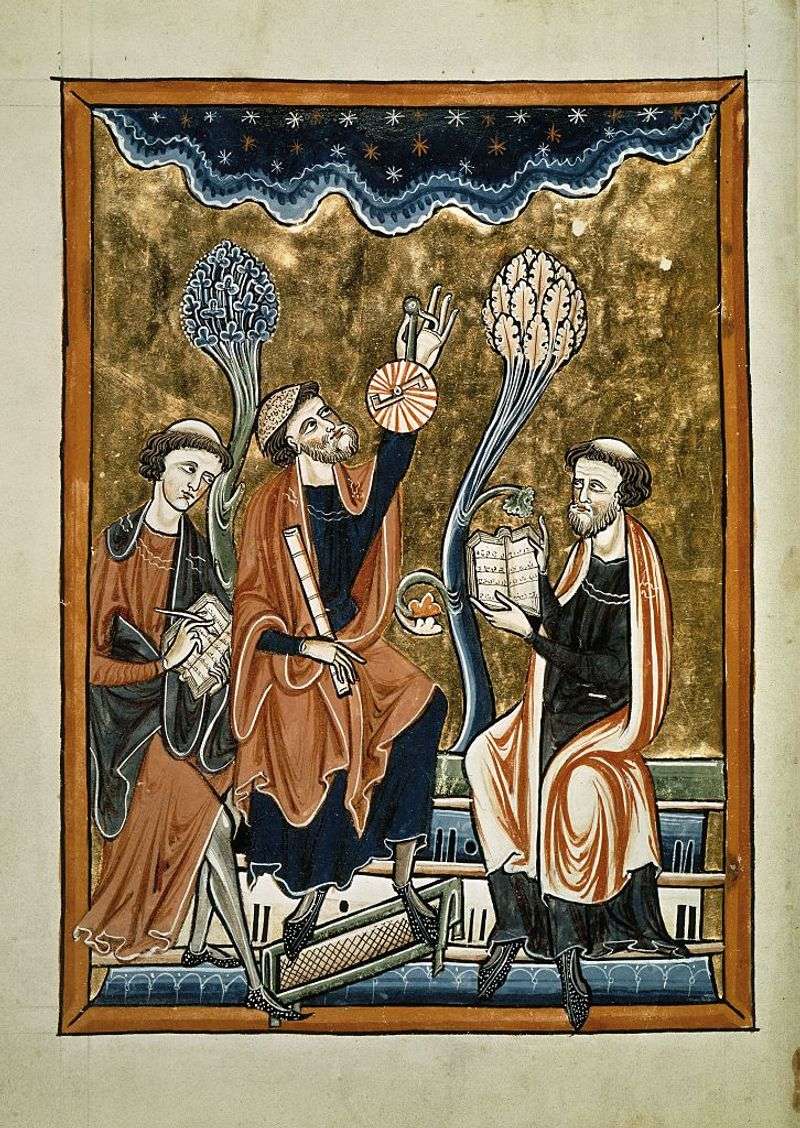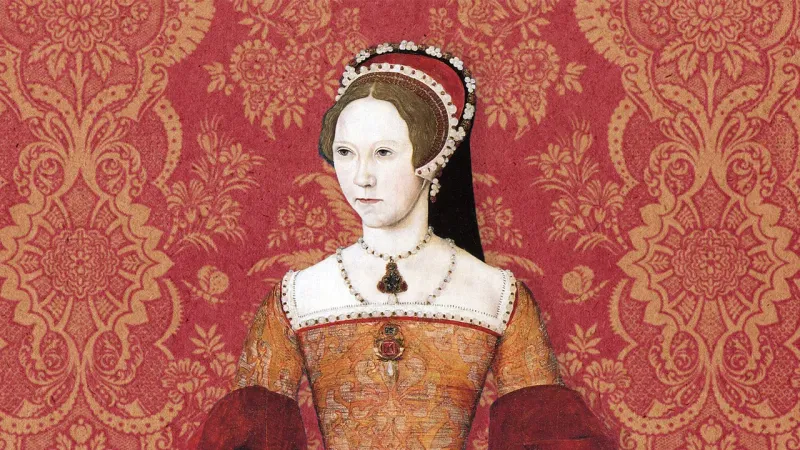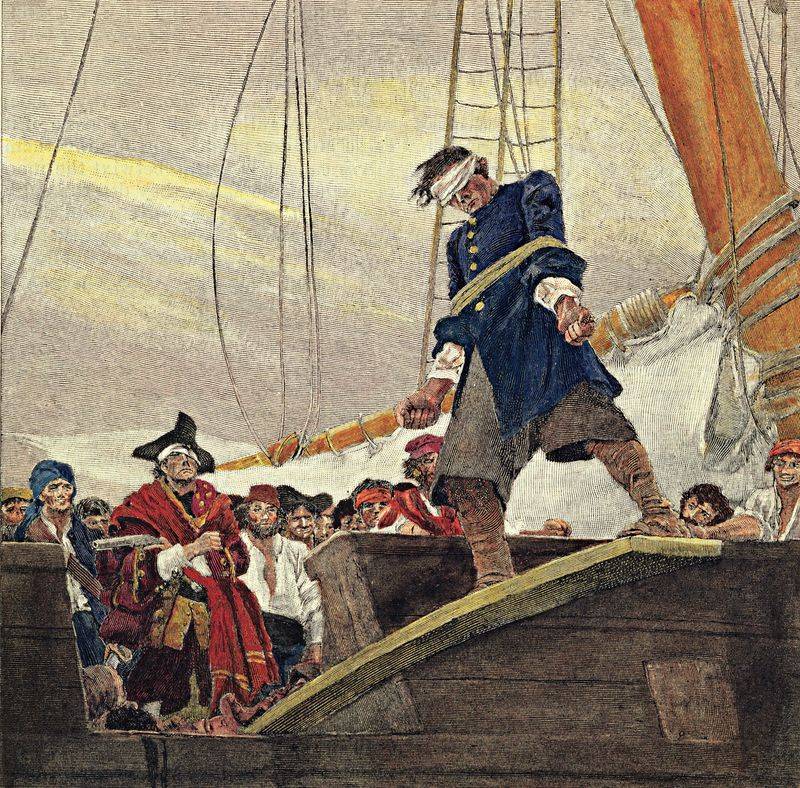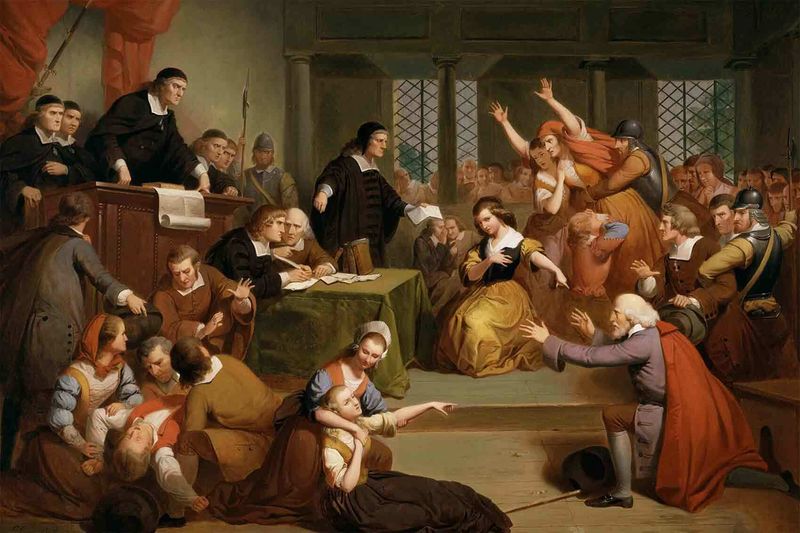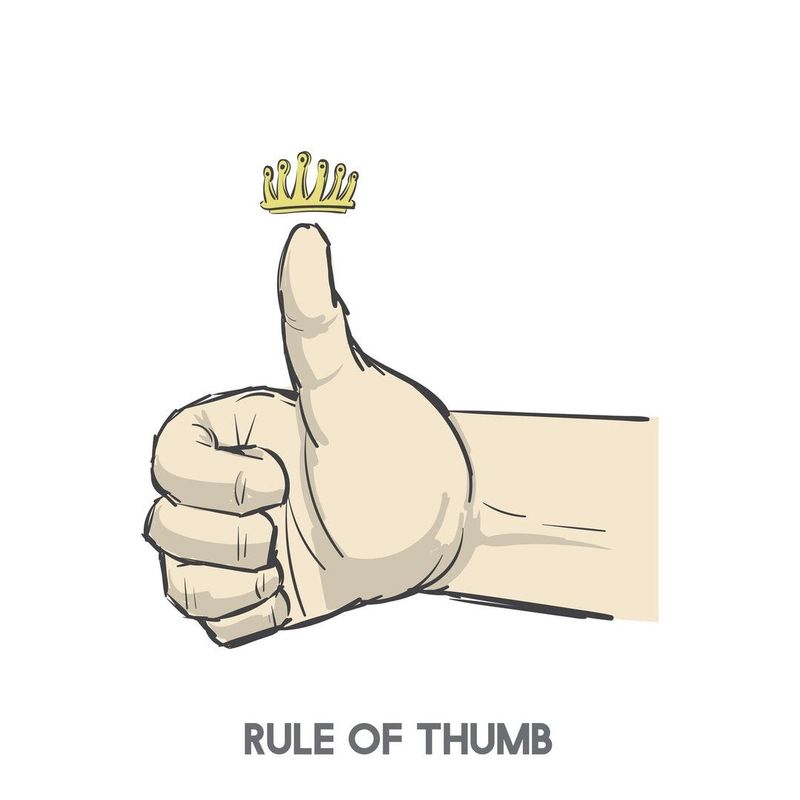History is filled with captivating stories, but not all are true. Many myths have been perpetuated over the years, leading to widespread misconceptions. This blog post uncovers 20 such myths that continue to fool people, revealing the truth behind each one.
1. Vikings Wore Horned Helmets
Vikings—a word that conjures images of rugged warriors storming battlefields, horned helmets atop their heads. Yet, this iconic image is a 19th-century fabrication, largely credited to opera costumes rather than historical accuracy.
Real Viking helmets were unadorned and functional, designed for protection, not fashion. Horns would have been impractical in combat, easily getting caught or causing balance issues.
This myth persists, perhaps due to its theatrical appeal. However, archaeological findings have repeatedly shown that Vikings prioritized practicality over showiness in their gear. Now, the horned image remains an artistic embellishment of a fascinating warrior culture.
2. Marie Antoinette Said ‘Let Them Eat Cake’
Marie Antoinette, the much-maligned queen, is often remembered for her supposed apathy towards the starving masses, allegedly saying, “Let them eat cake.”
This phrase, however, lacks evidence of ever being uttered by her. It first appeared in writings predating her reign and likely served as revolutionary propaganda, crafted to paint her as oblivious and out-of-touch.
While she lived in luxury, the infamous quote became a symbol of royal disconnect, overshadowing the complexities of her character. Today, historians strive to separate fact from fiction, aiming to see beyond the simplistic caricature created by this enduring myth.
3. Columbus Proved the Earth Was Round
Christopher Columbus is often credited with proving the Earth was round, a notion contrary to the flat Earth belief. Yet, educated people since ancient Greece understood the world’s roundness.
Columbus’s journey wasn’t to prove a spherical Earth but to find a new route to Asia. The idea of him battling flat Earth skeptics emerged in an 1828 novel, transforming him into a symbol of enlightenment.
His real contribution was in opening up new exchanges between Europe and the Americas, not challenging ancient cosmological views. This myth persists, perhaps because it frames Columbus as a hero of scientific progress.
4. Napoleon Was Extremely Short
Napoleon Bonaparte, known for his cunning and ambition, is often mocked for his supposed short stature. Contrary to popular belief, Napoleon stood at around 5’6” (168 cm), average height for a man of his time.
The myth of his diminutive size stemmed from British propaganda, designed to belittle their formidable enemy. His personality, commanding and larger-than-life, invited exaggeration.
In truth, Napoleon’s height never hindered his military prowess or leadership. This legend persists partly because it humorously contrasts with his towering ambitions and achievements, turning him into a subject of both ridicule and fascination.
5. The Great Wall of China Is Visible from Space
The Great Wall of China, an architectural marvel, is often said to be visible from space. Yet, astronauts confirm this claim as false; the Wall is not discernible with the naked eye from orbit.
The myth likely began as an exaggeration of the Wall’s grandeur, perpetuated long before space travel was feasible. Its immense length and historical importance captured imaginations, but physical visibility doesn’t match the myth.
While the Wall is a symbol of human ingenuity, its real wonder lies in its historical significance and construction, not its hypothetical visibility from the final frontier.
6. Einstein Failed Math in School
Albert Einstein’s genius is undisputed, yet a persistent myth suggests he struggled with math in school. In reality, Einstein excelled in mathematics from a young age.
The confusion arose from a mix-up in biographies and a change in the German grading system, leading to misinterpretations of his school records. His mathematical prowess was integral to his groundbreaking theories in physics.
This myth endures, perhaps because it offers hope that even the greats can stumble. Yet, Einstein’s story is one of consistent intellectual brilliance, a testament to his deep understanding of the universe’s complexities.
7. People in the Middle Ages Thought the Earth Was Flat
The Middle Ages are often unfairly depicted as an era of ignorance, with the belief in a flat Earth as a prime example. Yet, scholarly consensus since antiquity was that the Earth was round.
This misconception was popularized in the 1800s to portray past societies as backwards compared to the Enlightenment era. The myth persists as a narrative device, simplifying complex historical realities.
In truth, medieval scholars engaged in sophisticated astronomical studies, building on ancient Greek knowledge. This enduring myth highlights modern biases, rather than accurately reflecting medieval understanding.
8. Witches Were Burned at the Stake in Salem
The Salem witch trials evoke images of flames and stakes, yet the grim reality was somewhat different. Most convicted “witches” were hanged, not burned, in Salem.
Burning was more common in Europe, where witch hunts were often more brutal. In Salem, the trials were driven by paranoia and fear, resulting in tragic injustices.
This myth possibly persists due to its dramatic allure, overshadowing the actual historical events. Understanding the true nature of these trials offers insight into societal fears and the consequences of mass hysteria.
9. The Iron Maiden Was a Medieval Torture Device
The iron maiden, a terrifying spiked coffin, is often depicted as a medieval torture device. However, historical evidence suggests it’s more myth than reality.
No records of its use exist before the 18th century, indicating it was likely a later invention, possibly for macabre display rather than actual torture. The myth endures, partly because it captures the imagination with its gruesome implications.
In truth, medieval torture methods were brutal enough without the addition of fictional devices. The iron maiden stands as a testament to how legends can overshadow historical facts.
10. Cleopatra Was Egyptian
Cleopatra, the last pharaoh of Egypt, is often assumed to be Egyptian. In reality, she was of Greek descent, part of the Ptolemaic dynasty established by one of Alexander the Great’s generals.
Her Greek heritage didn’t prevent her from embracing Egyptian culture; she was the first in her dynasty to learn the Egyptian language. This blending of identities contributed to her enigmatic legacy.
The myth of her being Egyptian persists due to her association with the land she ruled. Cleopatra remains a figure of intrigue, her life a fusion of cultural influences and political intrigue.
11. The Dark Ages Were a Time of Total Ignorance
The term “Dark Ages” suggests a period of ignorance following Rome’s fall, yet this era was far from intellectually barren. Known now as the early Middle Ages, it witnessed advancements in agriculture, architecture, and learning.
Renaissance scholars, seeking to highlight their achievements, coined the term to make their era seem superior. The myth persisted, overshadowing the genuine progress of the time.
In reality, this period laid foundations for later European developments. It was a vibrant time of change, not the stagnant era the term “Dark Ages” implies, challenging modern perceptions of medieval history.
12. The Five-Second Rule Makes Dropped Food Safe
The five-second rule is a comforting myth that suggests dropped food remains safe if picked up quickly. However, bacteria can adhere to food instantaneously.
This rule likely endures because it provides a convenient excuse in moments of culinary clumsiness. Scientific studies have debunked this notion, showing that the type of surface and food matter more than time.
Despite its lack of scientific backing, the rule persists as a playful, though misguided, guideline. Embracing food safety means recognizing that speed doesn’t guarantee cleanliness, a truth that should temper our reliance on this myth.
13. The Bloody Mary Legend Is Based on Queen Mary I
The legend of Bloody Mary, a ghostly figure summoned by chanting her name, is often linked to Queen Mary I of England. Yet, the tale combines folklore with Mary’s brutal reputation.
The legend predates Mary Tudor, arising from mysterious origins and morphing over time. It likely reflects societal fears and superstitions, rather than historical fact.
Queen Mary’s nickname stemmed from her persecution of Protestants, not supernatural ties. The myth’s endurance speaks to our fascination with the macabre and the ways real historical figures become entwined with folklore.
14. Pirates Made People Walk the Plank
The image of pirates forcing captives to walk the plank looms large in popular culture. Yet, historical evidence suggests this was more fiction than fact.
Pirates typically disposed of victims by throwing them overboard without ceremony. The plank myth likely originated from 19th-century adventure tales, adding drama to pirate lore.
While pirates were undoubtedly ruthless, their methods were pragmatic rather than theatrical. The enduring myth reflects our love for stories that romanticize the high seas, regardless of historical accuracy.
15. The Wild West Was a Lawless Free-for-All
The Wild West, often romanticized as a chaotic land of gunslingers and outlaws, was actually more orderly than legend suggests. Most towns enforced strict gun control, and violent crime rates were lower than those of modern cities.
Hollywood exaggerated frontier lawlessness, crafting tales of constant duels and anarchy. In reality, the West was a place of community and law, albeit with occasional outbursts of violence.
This myth persists because it fuels adventurous fantasies of freedom and danger. Understanding the true nature of the Wild West offers a more nuanced view of American history.
16. The Salem Witch Trials Targeted Only Women
The Salem witch trials, infamous for their gendered persecution, actually accused both women and men. Around 25% of those tried were men, challenging the notion that only women suffered.
Men like Giles Corey, who was pressed to death, illustrate the trials’ broader scope. This myth persists due to its simplicity and alignment with patriarchal narratives.
The trials were fueled by fear and superstition, indiscriminate in their cruelty. Understanding the full extent of these events reveals a more complex and tragic chapter in history, exceeding simplistic gender-based explanations.
17. Chameleons Change Color to Blend In
Chameleons are renowned for their color-changing abilities, often believed to be for camouflage. However, these changes primarily serve communication and temperature regulation.
Color shifts can signal mood, mating readiness, or dominance, rather than blending into surroundings. Their skin’s layered composition enables these dynamic transformations.
The myth of chameleonic camouflage persists because it simplifies complex biological phenomena. Recognizing these creatures’ true capabilities enriches our understanding of nature’s intricacies and dispels misconceptions about their adaptive behaviors.
18. Van Gogh Cut Off His Entire Ear
Vincent van Gogh’s troubled life is often symbolized by the story of him cutting off his ear. However, he only removed part of his left earlobe.
Some historians suggest that painter Paul Gauguin, a friend and contemporary, might have played a role during a heated argument. This nuanced history is overshadowed by the dramatic myth that fits the tortured artist narrative.
Van Gogh’s artistic genius and personal struggles continue to fascinate, with myths adding layers to his enigmatic legacy. Understanding the truth unveils more about the man behind the masterpieces.
19. The CIA Invented ‘Conspiracy Theory’ to Discredit Critics
The term ‘conspiracy theory’ is often thought to have been invented by the CIA to dismiss JFK assassination skeptics. In reality, the phrase dates back to the 1800s.
The CIA did encourage its dismissive use in the 1960s, but they didn’t coin it. This myth underscores the power of narratives in shaping public perception, especially in the shadow of controversial events.
Understanding the term’s true origins reveals a broader history of skepticism and scrutiny, beyond modern associations. The story highlights the ongoing tension between official accounts and public questioning.
20. The ‘Rule of Thumb’ Comes from Wife-Beating Laws
The ‘rule of thumb’ is often linked to a supposed law allowing wife-beating with sticks no thicker than a thumb. However, no such law ever existed.
The phrase originally described rough measurements, like gauging an inch with a thumb. This myth perhaps gained traction due to its shocking nature, eclipsing the phrase’s benign origins.
Understanding the real history of this idiom reveals how language evolves, sometimes clouded by misinformation. Clarifying such misconceptions aids in appreciating linguistic nuances and the stories they tell.

